Search Images
Browse Content (p. 889)
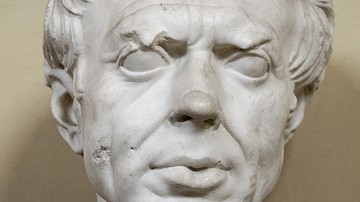
Image
Vatican Bust of Gaius Marius
A 1st Century BCE marble bust attributed to Roman politician Gaius Marius (c. 157-86 BCE). From the Vatican Museum.
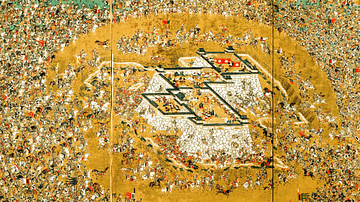
Image
Korean & Chinese Forces Attacking the Japanese Fort of Ulsan
A painting showing Chinese and Korean forces attack the Japanese fort of Ulsan in southern Korea during the Japanese invasions of Korea between 1592 and 1598 CE, otherwise known as the ‘Imjin Wars.’ (Municipal Museu of Fukuoka, Japan)
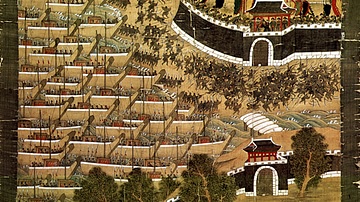
Image
Defence of Busanjin Fortress, Imjin Wars
An 18th century CE painted scroll showing the defence of Busanjin Fortress during the Japanese invasions of Korea between 1592 and 1598 CE, otherwise known as the ‘Imjin Wars.’

Image
Map of Japanese Invasions of Korea, 1592-98 CE
A map showing the two Japanese invasions of Korea between 1592 and 1598 CE, otherwise known as the ‘Imjin Wars.’
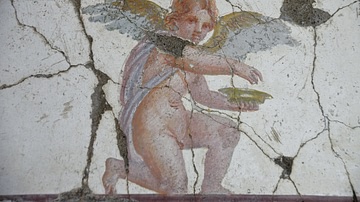
Image
Wall Painting of a Kneeling Eros
Fresco depicting a kneeling Eros holding a dish. Mid-1st century CE. From Room 30 of the Villa San Marco in Stabiae, Italy.
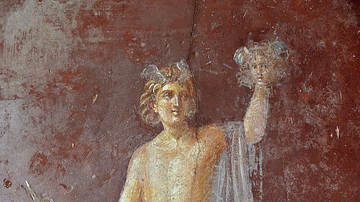
Image
Perseus Lifting the Head of Medusa
Fresco depicting Perseus lifting the head of Medusa. Mid-1st century CE. From Room 30 of the Villa San Marco in Stabiae, Italy.
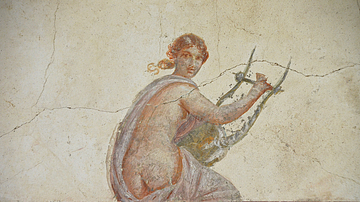
Image
Painted Figure with Lyre
Roman fresco depicting a woman holding a lyre. Mid-1st century CE. From Room 30 of the Villa San Marco in Stabiae, Italy.
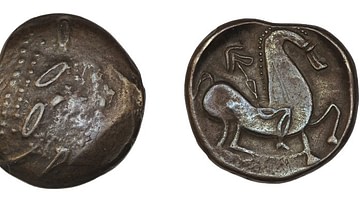
Image
Celtic Coin with Abstract Horse
Celtic coin from modern-day Romania, 3rd- 2nd century BCE. The reverse depicts a horse and helmeted rider while the obverse depicts the head of Zeus, it is one of many imitations of Greek currency to be minted in Celtic Europe in ancient...
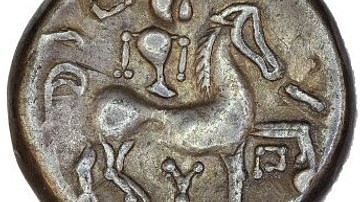
Image
Celtic Coin Depicting Horse & Rider
The reverse of a 2nd Century - 1st Century BCE Celtic silver coin from Central Europe, specifically what is now the Czech Republic. The reverse of this coin depicts a horse and rider in stylized geometric forms. From the British Museum in...
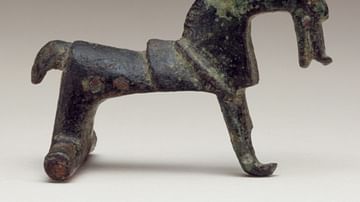
Image
Celtic Horse Brooch
This small bronze brooch was made in Central Europe sometime between 650 and 550 BCE. This horse-shaped pin is one of many examples of Celtic animal brooches from Central Europe. From the Metropolitan Museum of Art, New York.